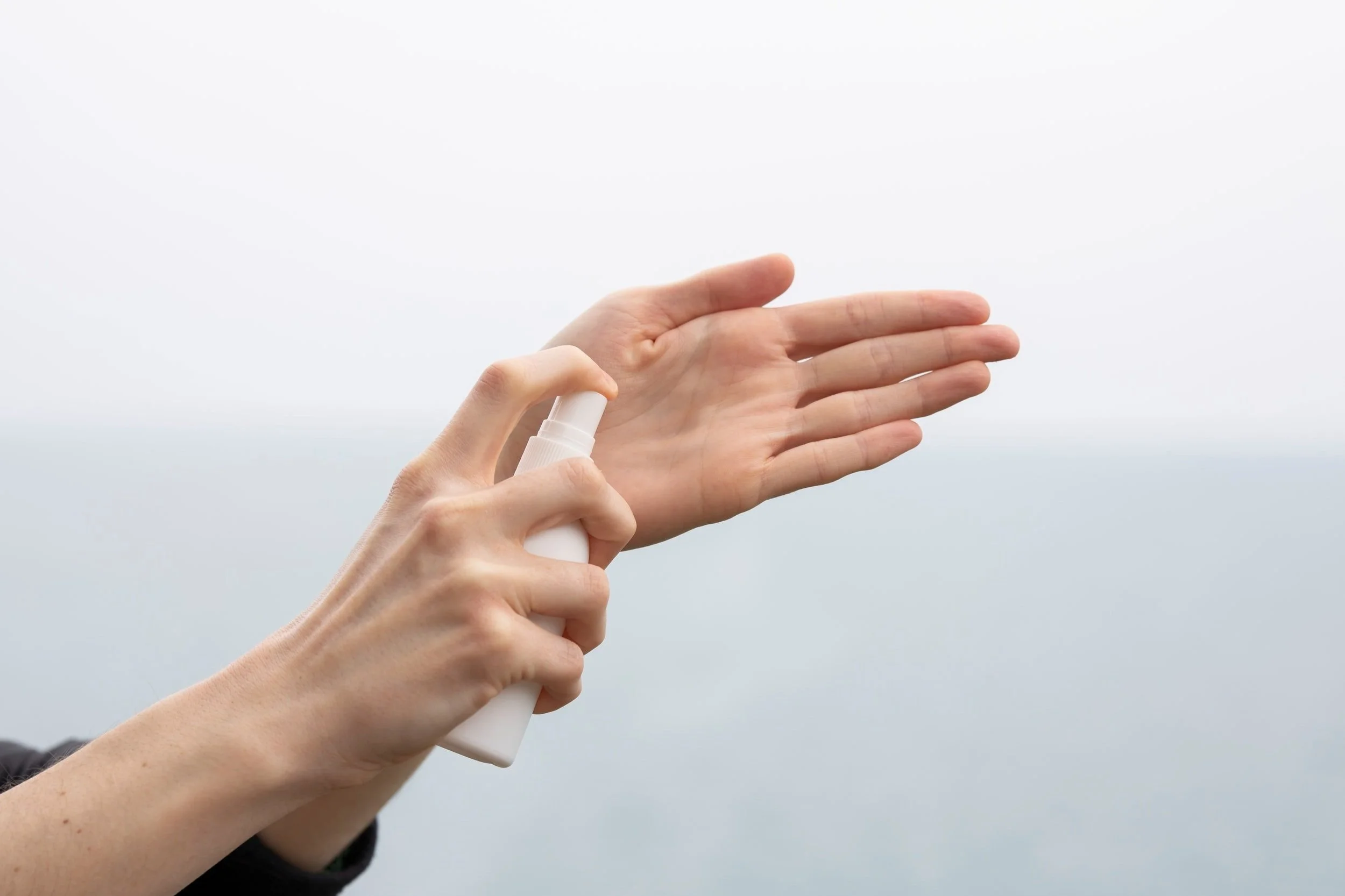The Importance of Hygiene for Makeup Artists and Hairstylists: Best Practices for a Safe and Clean Environment.
Introduction:
Makeup artists and hairstylists are professionals who deal with the human body in close proximity on a daily basis. They work in a challenging environment where the risk of infection and cross-contamination is high. Therefore, it is essential for them to maintain a high level of hygiene and cleanliness to prevent the spread of diseases and infections.
This article discusses the importance of hygiene for makeup artists and hairstylists, highlighting the risks associated with poor hygiene practices, and providing tips and best practices to maintain a hygienic and safe environment for clients and practitioners alike.
The Risks of Poor Hygiene Practices:
Poor hygiene practices can put the clients and practitioners at risk of various infections and diseases. Some of the most common risks include:
Bacterial Infections:
Bacteria thrive in warm and moist environments, which can be found on makeup brushes, sponges, and hair tools. When these tools are not cleaned properly or shared among clients, it can result in the transmission of bacteria and cause skin infections, such as acne, staph infections, and folliculitis.
2. Viral Infections:
Viral infections can be easily spread through direct contact with infected skin or bodily fluids. Makeup artists and hairstylists who work on clients with open wounds, cold sores, or herpes can spread these infections to other clients. Viral infections, such as herpes simplex virus, can also survive on surfaces for several hours, increasing the risk of transmission.
3. Fungal Infections:
Fungal infections are common in warm and humid environments, which can be found in shared makeup and hair tools. Fungal infections, such as ringworm and athlete's foot, can be transmitted through direct contact or through contaminated surfaces.
4. Allergic Reactions:
Makeup artists and hairstylists work with a variety of products that contain allergens, such as fragrances, preservatives, and dyes. Clients with sensitive skin can have an allergic reaction to these products, which can cause redness, itching, and swelling.
5. Eye Infections:
Makeup artists who work with eye makeup need to be extra careful to prevent eye infections. The use of unclean brushes and tools can introduce bacteria and other pathogens into the eye, resulting in conjunctivitis, styes, and other eye infections.
6. Best Practices for Maintaining Hygiene:
To prevent the risks associated with poor hygiene practices, makeup artists and hairstylists should follow best practices for maintaining a hygienic environment. Some of the best practices include:
7. Clean and Sanitize Tools:
Makeup brushes, sponges, and hair tools should be cleaned and sanitized after every use. This includes washing them with soap and water, and disinfecting them with a solution of water and alcohol or a commercial disinfectant. It is also important to dry the tools thoroughly before storing them.
8. Use Disposable Tools:
Disposable tools, such as mascara wands, lip brushes, and applicators, can be used to prevent cross-contamination. They should be discarded after every use, and new ones should be used for each client.
9. Wash Hands:
Makeup artists and hairstylists should wash their hands before and after working on a client. This helps to prevent the spread of bacteria and other pathogens.
10. Use Clean Towels:
Towels used for wiping off makeup or hair should be clean and fresh for each client. They should be washed with detergent and hot water, and dried on high heat to kill any bacteria.
11. Use Single-Use Products:
Single-use products, such as disposable gloves and face masks, should be used when necessary to prevent the spread of infections. They should be discarded after each use, and new ones should be used for each client.
13. Disinfect Surfaces:
Make up artists and hairstylists should regularly disinfect surfaces, such as countertops, chairs, and mirrors, to prevent the spread of infections. A solution of water and alcohol or a commercial disinfectant can be used for this purpose.
14. Maintain Personal Hygiene:
Makeup artists and hairstylists should maintain personal hygiene by showering regularly, wearing clean clothes, and avoiding wearing jewelry and other accessories that can harbor bacteria.
15. Avoid Double-Dipping:
Makeup artists should avoid double-dipping into product containers, such as lipsticks and mascaras, as this can introduce bacteria and other pathogens into the product. Instead, they should use a clean spatula or disposable applicator to apply the product.
16. Store Products Properly:
Makeup and hair products should be stored properly to prevent contamination. They should be stored in a cool and dry place, away from direct sunlight and heat, and should be discarded if they have expired.
17. Educate Clients:
Makeup artists and hairstylists should educate their clients on the importance of hygiene and encourage them to practice good hygiene habits, such as washing their face before a makeup application and avoiding sharing makeup and hair tools.
Conclusion:
In conclusion, maintaining good hygiene practices is essential for makeup artists and hairstylists to prevent the spread of infections and diseases. By following the best practices outlined in this article, makeup artists and hairstylists can create a safe and hygienic environment for their clients and themselves. It is important for professionals in the beauty industry to prioritize hygiene, as it not only ensures the health and safety of their clients, but also contributes to the overall reputation of the industry as a whole. By promoting good hygiene practices, makeup artists and hairstylists can establish themselves as trusted professionals who prioritize their clients' health and safety.

